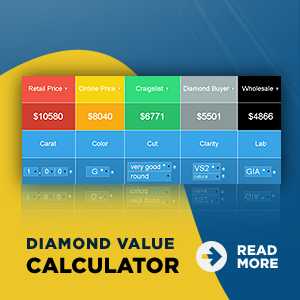
Sapphire is usually #9 on Mohs scale, excellent in toughness, but with large fractures/inclusions, or some treatments, can be less durable. Sources are Australia, Cambodia, China, India (Kashmir), Kenya, Madagascar, Myanmar(Burma), Nigeria, Pakistan, Rwanda, Sri Lanka, Tanzania, Thailand, United States, Vietnam. India is a famous, historic source of fine blue sapphire, and production is now very limited. Transparent sapphires of all colors are most often faceted. Translucent to opaque material is usually cut into cabochons or used for beads. Corundum is very hard and tough, and can be used in any type or style of jewelry, and worn by just about any people.
For centuries, sapphire has been associated with royalty and romance. The association reinforced in 1981, when Britain’s Prince Charles gave a blue sapphire engagement ring to lady Diana Spencer. Until her death in 1997, Princess Di, as she was known, charmed and captivated the world. Her sapphire ring helped link modern events with history and fairy tales. In ancient Greece and Rome, kings and queens were convinced that the blue sapphires protected their owners from envy and harm. Sapphires symbolize heaven, and ordinary people thought the gem attracted heavenly blessings. In other times, people instilled sapphires with the power to guard chastity, make peace between enemies, influence spirits, and reveal the secret of oracles. Sapphire has always been associated the color blue. Its name came from the Greek word “sappheiros,” which probably referred to lapis lazuli.
In the trade, “blue sapphires” refer to stones ranging from very light to very dark greenish or violetish blue, as well as those in various shades of pure blue. Large, top-quality stones are rare, but blue sapphires in other sizes and grades are almost always available. Not all sapphires are blue, however. It’s a variety species, as ruby corundum or any corundum that doesn’t qualify as ruby is considered sapphire. Fancy sapphires, as they’re called, come in violet, green, yellow, orange, pink, purple, and intermediate hues. There are also partially colored sapphires that show a combination of different colors. Some stones exhibit the phenomenon known as color change, most often going from blue in daylight or fluorescent lighting, to purple under incandescent light. Sapphires can even be gray, black, or brown. Colorless sapphires were once popular diamond imitators, and in recent years they’ve staged a comeback as accent stones. Fancy sapphires are generally less available than the blue sapphires, and some colors are scarce. Especially in very small or very large sizes. Still, fancy sapphires create a rainbow of options for customers who like the romance associated with this gem, but who also want something out of the ordinary.







